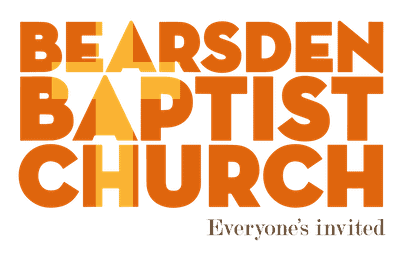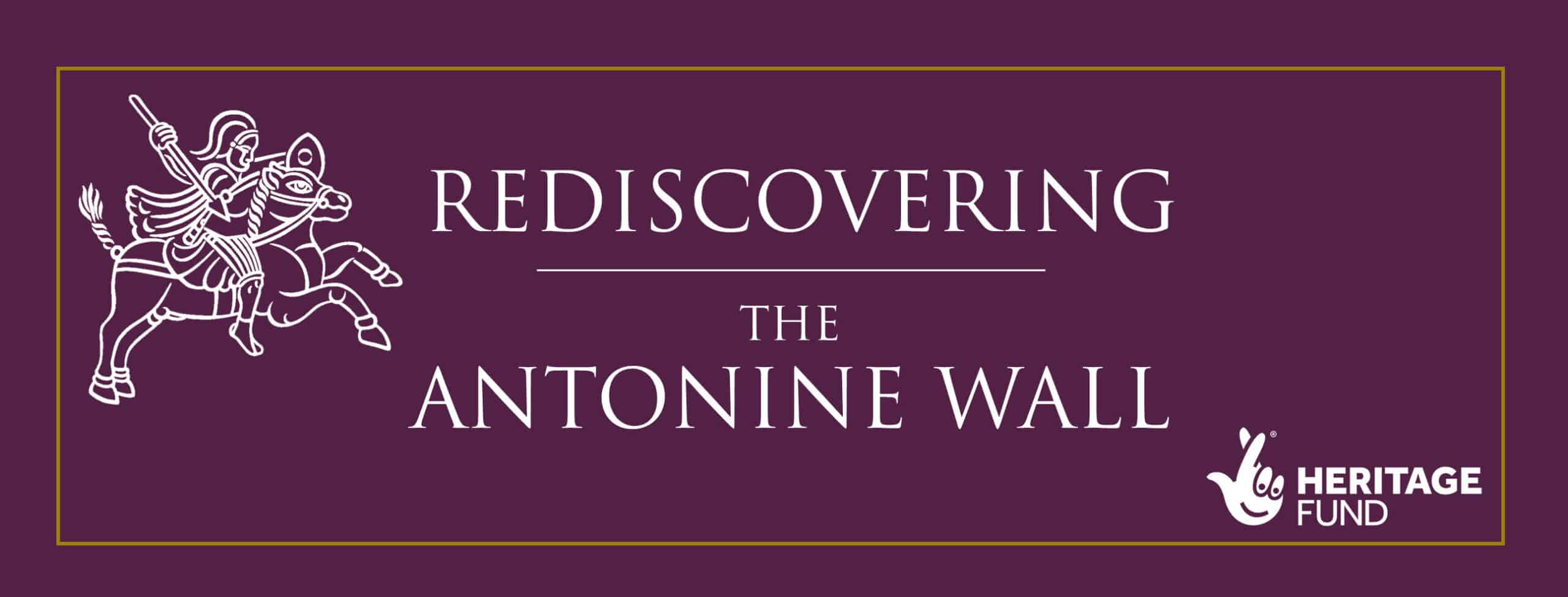MAXHOLME
Once they paced the wall here in the grey cold,
vigilant for barbarians from brooding hills.
Wearied by the bare line of Campsie Fells
in the rain-laden westerlies,
they diced away the hours in the barracks street
listening for trumpet’s alarm and Caledonian cry.
Longing for blue waters, olive groves, they sang
nostalgic songs of sun and of Italian girls
and brown-eyed children seen long ago.
Perhaps some Christian man in the Sixth Legion
knelt here where we now meet to pray,
and longed among the dicing and the wine
for the warm fellowship of the church in Rome;
looked at the smoke of Celtic villages
and wondered if the Lord would touch the lives
of these barbarians, so uncouth and so brave.
Prayed perhaps for someone like great Paul
to walk the trackless ways with the good news.
How could he guess at near 2000 years of answered prayer:
that godly Ninian would bring the gentling truth,
Columba’s men travel from West to East and North to South?
How could he dream that so long after, here
where he slept his home-sick nights in the tented street
some others worshipping his Lord should read
the words Paul wrote his forebears
and long for Christ to touch their neighbours’ lives?
—Muriel McNair, 1973 (time of one of the excavations)
The religious life of the people of ancient Rome featured a variety of beliefs and practices. Many gods and goddesses such as Mars, Neptune, Apollo or Diana, were worshipped and variety of sacrifices was made to them. A calendar might have told you which rituals and sacrifices to make on each day. These might include wheat or grain garlands, grapes and first fruits or a pig. Only wealthier Romans could afford this.
In houses individuals or families might partake of such practices. Larger group worship might take place in a temple or outdoor area and army units regularly would participate in religious activity centred on the god or emperor their regiment identified with. These were particularly important before going into battle or a long march.
Romans were free to worship many deities in many ways and were known to incorporate the religious practices of those they had conquered. Spoken prayer was seen as having a special significance. Appeals to deities such as Fortune or Health were made in attempts to improve their lives or make them safer.
In chapter 10 of the book of Acts (Acts 10) in the New Testament, written around 80 AD, we read of a Roman centurion, Cornelius. Unlike most of his contemporaries, he worshipped and prayed to, only one God, the Jewish God Yahweh. Acting on a vision of an angel, Cornelius arranged a meeting with the apostle Peter. From Peter he learned about Jesus and on hearing about His life, death and resurrection, became a believer in Jesus as the Son of God and was baptised into the Christian faith.
Cornelius lived more than two centuries before Emperor Constantine made Christianity the official religion of the Roman Empire and four centuries before Augustine began the first organized mission to Britain. In the 1st Century AD, there wasn’t an organised attempt to convert the British. It began when Roman artisans and traders arriving in Britain spread the story of Jesus along with stories of their Pagan deities. Could individual Christians in the Roman Army have shared some of their faith with the local people living in and around Bearsden in the second century AD? Maybe even the descendants of Cornelius were among them…
 |
This image is of a ram from Caesarea, an ancient city in Israel. It dates from the first century AD, and represents Jesus and his disciples. |
Polycarp (AD 155) was the Bishop of Smyrna (now in modern-day Turkey) he refused to burn incense to a statue of Caesar and as a result became a martyr. In our woodland sound sculpture you will notice a reference to Maximus doing something similar. Calling Jesus Lord and Saviour rather than Caesar was seen as direct assault on the authority of Rome and not tolerated.
The biggest, most awe-inspiring building project the people of Scotland had ever seen, the Antonine Wall stretched right across the country, from Clyde to Forth. Visit us to learn more.


